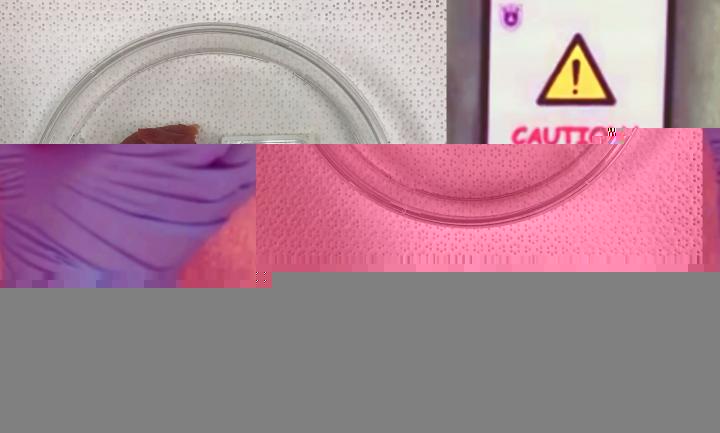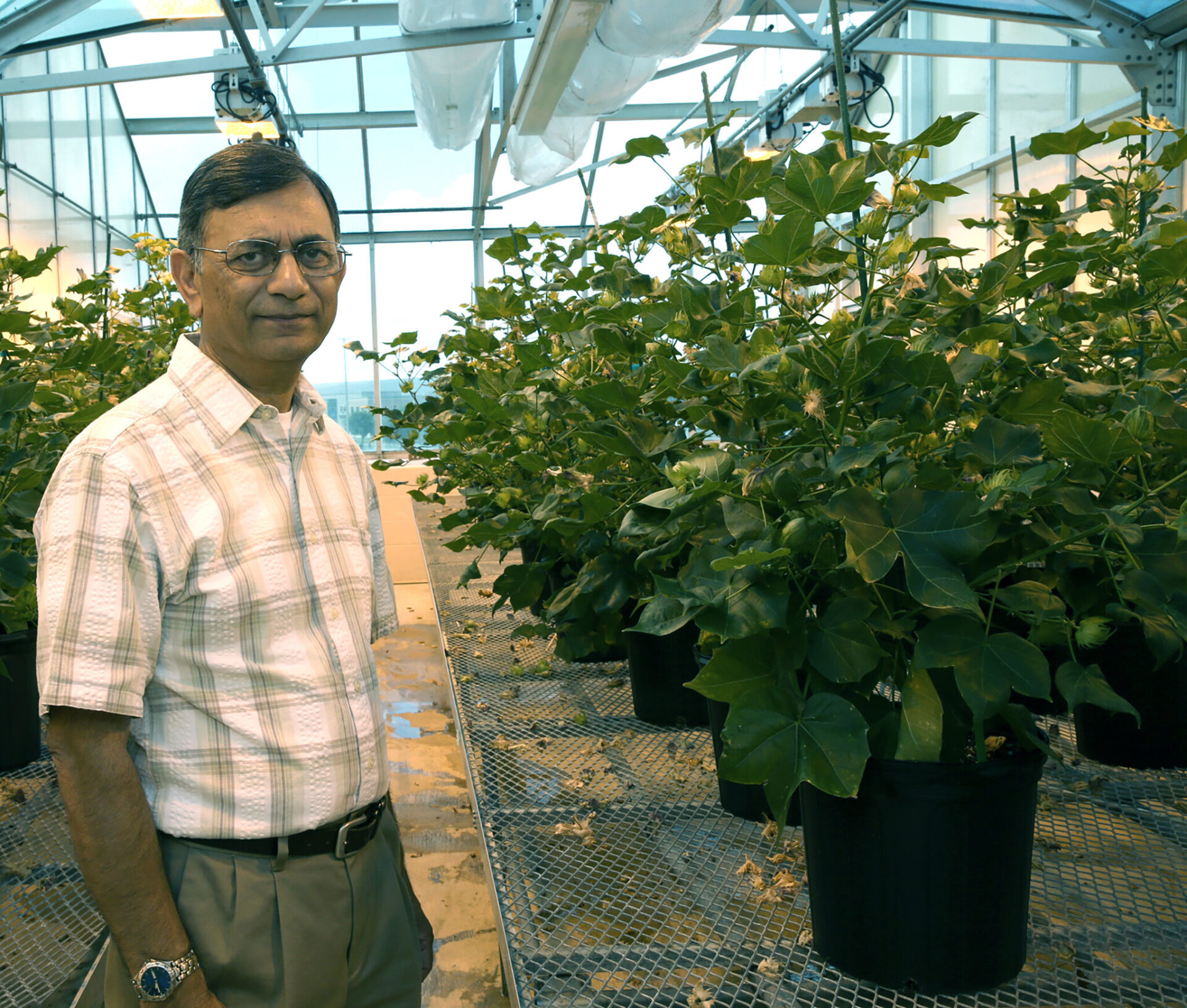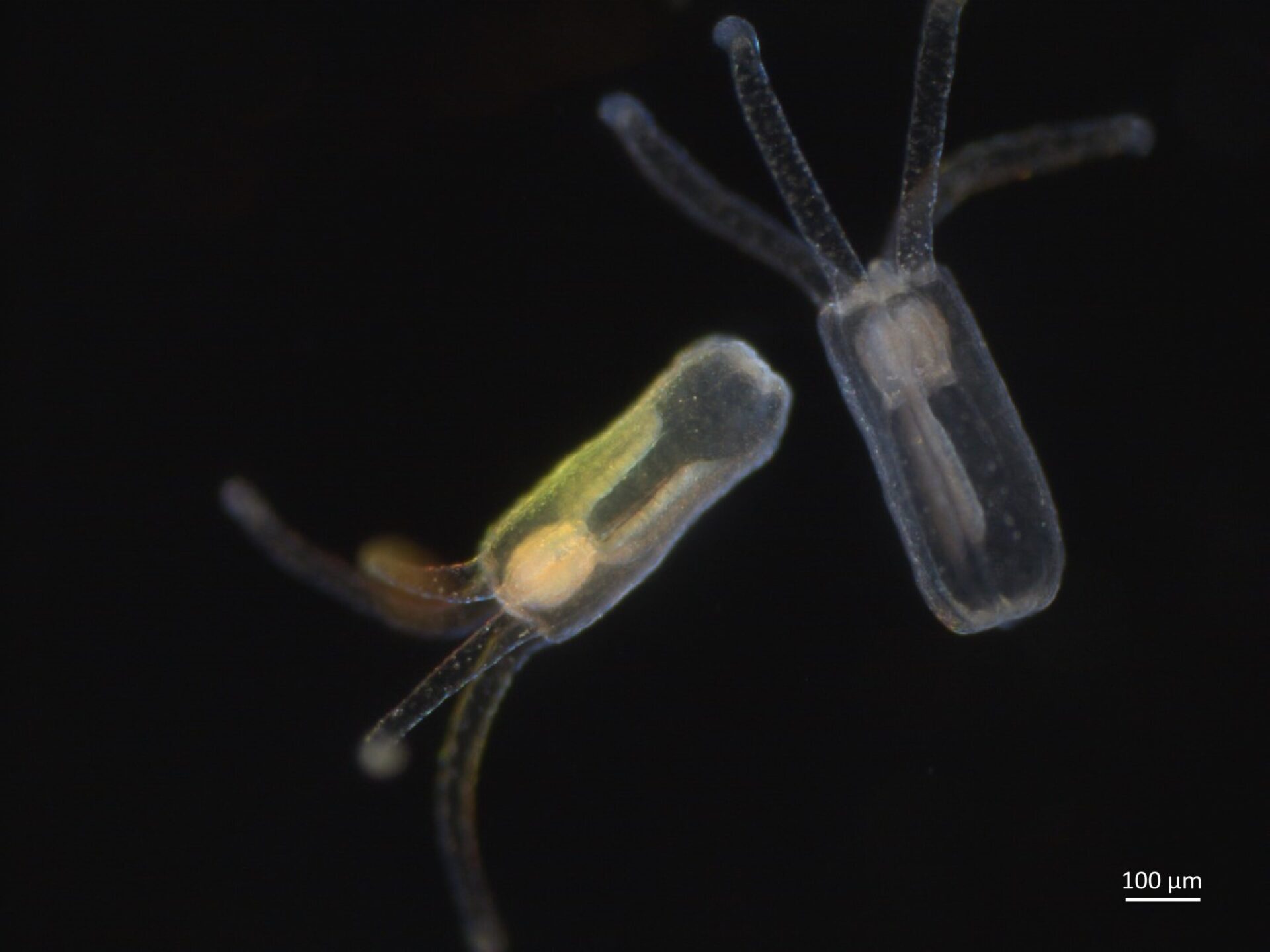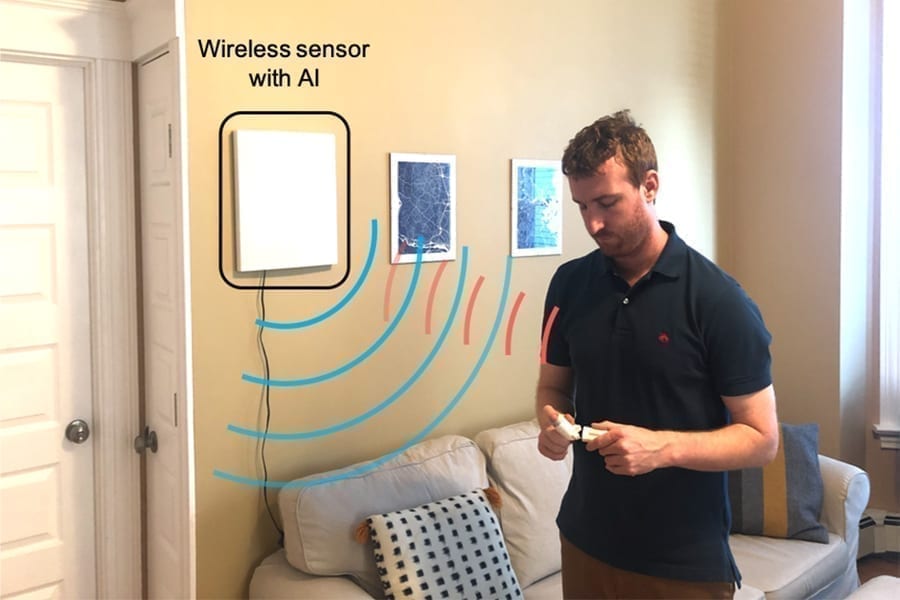
CREDIT
American Chemical Society
When it comes to the “smell test,” the nose isn’t always the best judge of food quality. Now in a study appearing in ACS’ journal Nano Letters, scientists report that they have developed a wireless tagging device that can send signals to smartphones warning consumers and food distributors when meat and other perishables have spoiled.
They say this new sensor could improve the detection of rotten food so it is tossed before consumers eat it.
Every year, 48 million people in the U.S. get sick from foodborne illnesses, according to the U.S. Centers for Disease Control and Prevention. Of these, about 125,000 people are hospitalized and 3,000 die. Traditionally, many consumers just smell a food to detect spoilage, but this technique is only as reliable as the sniffer’s nose. At the other end of the spectrum, food inspectors often use bulky, expensive equipment to detect harmful microbes. Scientists are investigating other approaches, including near field communication (NFC) labeling, that are both portable and dependable. NFC devices wirelessly transmit information over short distances — usually less than 4 inches. They are similar to the radio frequency identification products retailers use to track inventory and shipments. Building on this idea, Lijia Pan, Yi Shi, Guihua Yu and colleagues sought to incorporate a sensitive switch into NFC labeling tags to detect food spoilage using a smartphone.
The scientists created a nanostructured, conductive, polymer-based gas sensor that can detect substances called biogenic amines (BAs), which give decomposing meat its bad odor. They embedded these sensors into NFCs placed next to meats. After the meats had been stored for 24 hours at 86 degrees Fahrenheit, the researchers found that the sensors successfully detected significant amounts of BAs. The sensors then switched on the NFCs so they could transmit this information to a nearby smartphone.
Learn more: The ultimate ‘smell test’: Device sends rotten food warning to smartphones
The Latest on: Foodborne illnesses detection
[google_news title=”” keyword=”foodborne illnesses detection” num_posts=”10″ blurb_length=”0″ show_thumb=”left”]
via Google News
The Latest on: Foodborne illnesses detection
- Quality Crackdown: Centre Orders States To Test All Spices After Everest, MDH Export Controversyon May 2, 2024 at 12:15 am
The Centre has ordered all state governments to test spices to assure their quality following a recent controversy involving spices exported from India ...
- MDH, Everest row: Centre asks state govts to test spices for quality checkon May 1, 2024 at 10:59 pm
Despite the initial efforts of the Spices Board and the Food Safety and Standards Authority of India (FSSAI) in conducting routine sampling, a cloud of uncertainty hovers over the quality assurance of ...
- Nationwide potential: New Indian food safety system could cover ‘entire country’on May 1, 2024 at 8:10 pm
A food safety system trialled in north-east India in response to child deaths linked to food and waterborne diseases found that 3-4% of all samples tested contained enteric pathogens, with researchers ...
- Avian flu: Time to rethink on-farm surveillance?on May 1, 2024 at 5:00 pm
Why are federal officials empowered to go on-farm to detect animal diseases ... conduct microbiological sampling on CAFOs for the purposes of investigating a foodborne illness outbreak or any other ...
- The hidden cost of food inflation—compromising safety for affordabilityon May 1, 2024 at 4:03 am
The intersection of rising food costs and consumer health safety is emerging as a critical issue in today’s economy.
- Partnership Opportunities to Transform Food Systemson April 30, 2024 at 2:18 pm
This report explores how public-private partnerships can help transform global food systems to be more sustainable, efficient, and equitable while adapting to climate change and meeting the increasing ...
- US to test ground beef in states with dairy cows infected with bird flu. What to know.on April 30, 2024 at 1:37 pm
Federal officials are looking to verify the safety of beef and milk after 34 dairy cattle herds in nine states tested positive for the H5N1 virus.
- USDA conducting studies on beef due to bird flu outbreak but maintain supply is safeon April 30, 2024 at 11:37 am
"There have been no cases of any human being contracting bird flu or H5N1 from meat or milk. So it's completely safe," Dr. Scott Haskell, a professor of food safety at the Institute for Food Laws and ...
- Feds scramble amid bird flu crisison April 29, 2024 at 6:59 am
Biden administration officials are rushing to avert a major public health crisis following the detection of bird flu particles in the nation’s milk supply.
via Bing News










